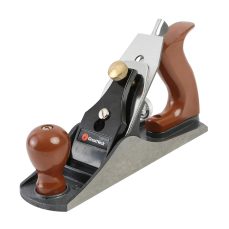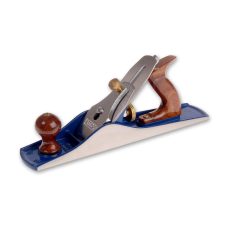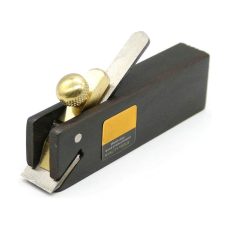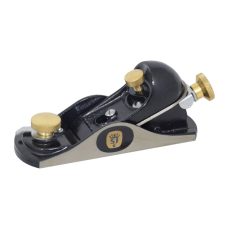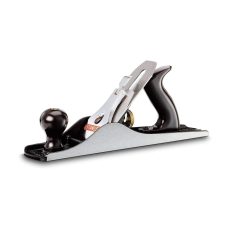Discover Hand Planer: An Essential Tool for Precision Woodworking
Discover Hand Planer is an indispensable tool for any woodworking enthusiast or professional. For example, whether you are smoothing a rough surface, shaping wood, or fitting doors, a wood planing machine delivers excellent results with minimal effort. Moreover, from block planers to advanced electric woodworking planes, there’s a perfect solution for every project. As a result, these tools offer versatility and precision, making them essential for achieving smooth, polished surfaces in woodworking tasks.
Why Choose a Hand Planer?
Precision and Efficiency
Using a hand planer ensures accurate cuts and smooth finishes, even on uneven wood surfaces.
Versatility in Applications
From adjusting door edges to shaping intricate furniture pieces, planers cater to a variety of woodworking needs.
Ease of Use
Modern electric wood planes are lightweight, ergonomically designed, and easy to handle, making them ideal for both professionals and beginners.
Features of a Hand Planer
1. Smooth Wood Finishes
The hand planer eliminates rough edges and surface imperfections, giving wood a polished look.
2. Versatile Functionality
Whether it’s a planer for doors or a block planer for small projects, these tools are adaptable to different tasks.
3. Power and Precision
Brands like Makita hand planer offer electric models with powerful motors for precise and consistent performance.
4. Compact and Portable
Many hand planers are lightweight, ensuring easy portability and convenience for on-site tasks.
Types of Hand Planers
Block Planer
A block planer is perfect for small, detailed woodworking tasks, offering exceptional control and accuracy.
Electric Wood Plane
An electric woodworking plane provides added power, making it ideal for heavy-duty tasks and larger surfaces.
Hand Planer for Doors
This specialised planer for doors is designed to adjust door edges and ensure a perfect fit.
Wood Planing Machine
For industrial or large-scale projects, a wood planing machine delivers efficiency and precision at scale.
Benefits of Using a Hand Planer
1. Professional-Grade Results
Achieve smooth, flawless surfaces with tools like the Makita hand planer and electric wood planes.
2. Improved Productivity
Hand planers speed up woodworking tasks, reducing the time and effort required for manual sanding or shaping.
3. Cost-Effective
Investing in a quality wood plane machine saves costs on professional services, allowing you to complete projects independently.
4. Enhanced Creativity
With a versatile electric woodworking plane, you can experiment with designs and achieve intricate wood shapes effortlessly.
Applications of Hand Planers
Door Fitting
A hand planer for doors ensures perfect alignment and smooth edges for a seamless fit.
Furniture Making
Craft elegant furniture pieces by refining wood surfaces with a block planer or electric wood plane. Moreover, these tools allow for precise control, ensuring smooth, even finishes. In addition, they help shape the wood to your desired specifications, enhancing the overall quality and appearance of your project. As a result, using a block planer or electric wood plane is an excellent choice for creating professional-looking, custom furniture pieces.
DIY Projects
For hobbyists, a hand planer is perfect for creating unique wooden crafts and home improvement projects. Additionally, it provides the precision and control needed to work on intricate details. Furthermore, its versatility allows you to tackle various tasks, from smoothing rough edges to shaping wood for personalized creations. As a result, a hand planer becomes an essential tool in any DIY enthusiast’s toolkit.
Choosing the Best Hand Planer
- Identify Your Needs: First and foremost, decide between a manual block planer for detailed work or an electric wood plane for heavy-duty tasks. This decision will largely depend on the complexity and scale of your projects.
- Check Brand Reliability: Additionally, it’s essential to opt for trusted names like Makita hand planers, known for their quality and durability. Choosing a reputable brand ensures you’re investing in a tool that will stand the test of time and deliver consistent performance.
- Evaluate Features: Finally, consider key features such as adjustable depth settings, ergonomic designs, and motor power. These features will help you achieve optimal performance, ensuring a smooth and efficient woodworking experience.
Safety Tips for Hand Planer Use
- Wear Safety Gear: Always use gloves and protective goggles.
- Secure Your Workspace: Ensure the wood is clamped firmly before planing.
- Read Instructions: Familiarise yourself with the tool’s settings and safety guidelines.
Conclusion: Transform Your Woodworking Experience
A hand planer is the ultimate tool for achieving smooth, polished wood surfaces. For instance, from electric woodworking planes to block planers, these tools offer precision, efficiency, and versatility for a wide range of tasks. Whether you’re a professional carpenter or a DIY enthusiast, investing in a reliable hand planer for doors or a wood plane machine can significantly elevate your woodworking projects. In addition, these planers ensure a flawless finish, saving you time and effort while enhancing the overall quality of your work. Ultimately, choosing the right hand planer will make all the difference in achieving superior results.

